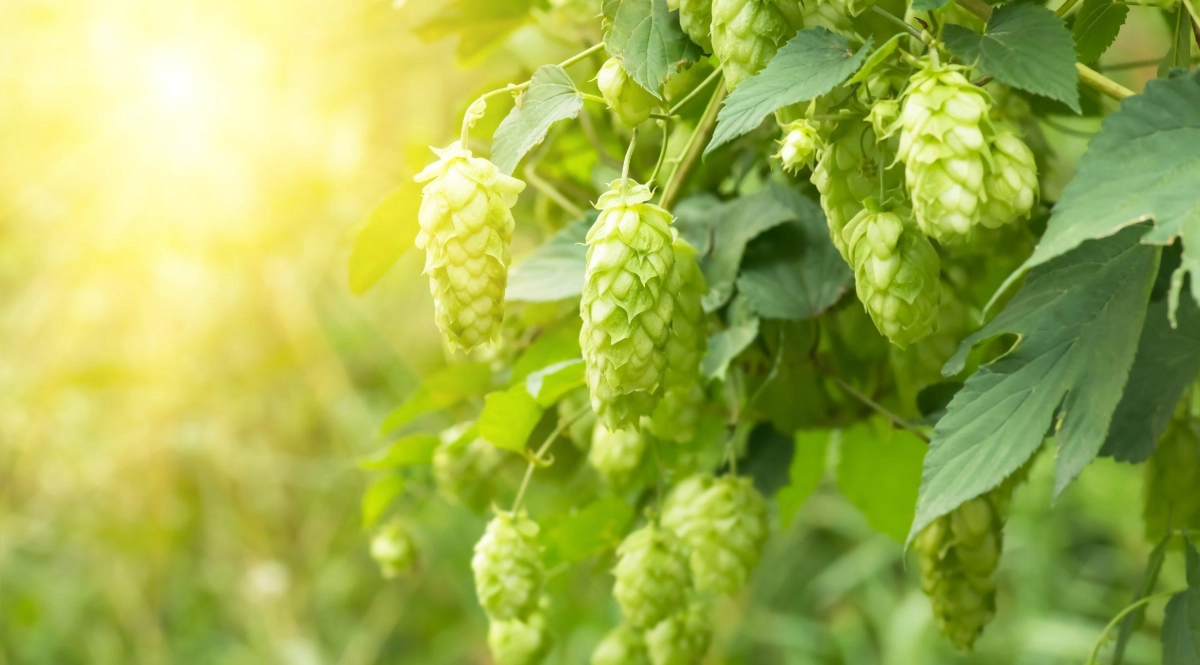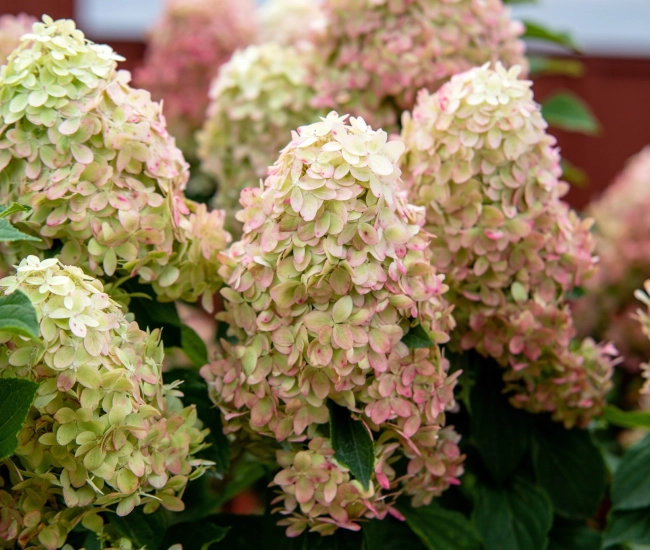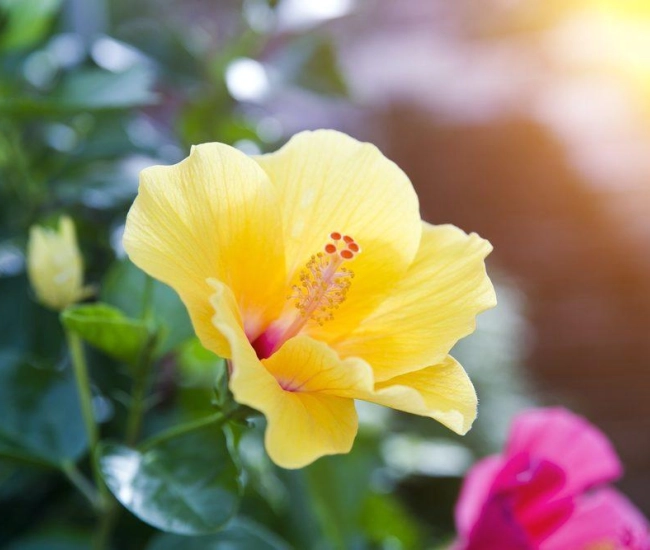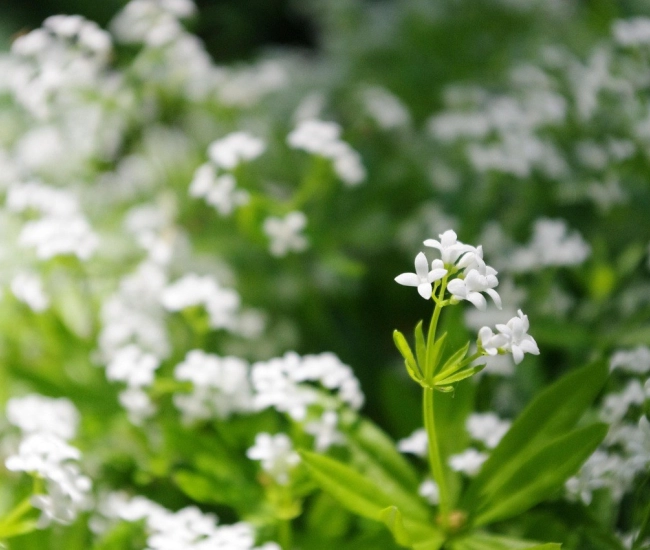
The first word that comes to mind when talking about hops is undoubtedly: beer. Indeed, the fruit of the hop, a cone filled with resin, lupulin, and essential oils, is used to give the desired bitterness to beer and to compose its particular aromas. But beyond brewing beer, hops are a very efficient climbing perennial, easy to grow even in the city, hardy and above all, magnificent!
If you're looking to create a compact screen quickly, look no further. You will surely find your happiness with hops. In good conditions, a hop plant can reach 2 to even 3 meters in width and wrap around a pole, a trellis, or a wire up to a height of 8 meters if it has a support that tall to climb. It's a competitive climber that easily wraps around all types of supports, but it cannot attach to a wall like ivy and vines. Its dense foliage is ideal for creating privacy with your neighbors or for camouflaging less aesthetic but essential elements of your layout, such as trash bins or an old garden shed, for example.
Cultivating Hops
Hops are a perennial herbaceous plant whose stems die each year in the fall to grow back the following spring. It is a fast-growing perennial that can even have invasive potential if you don't pay much attention to it. By removing shoots that want to settle too far from the mother plant, you can control its growth well. It could also smother and take control of the space if you plant it too close to other species: give it space and keep an eye on its desire to expand.
Hops appreciate the sun but can perform very well in medium shade. Offer it rich soil, to which you will add a good layer of compost annually, and well-drained soil that you keep slightly moist. Add mulch at its base to keep its roots cool and make moisture easier to control. You can even grow hops in a pot.
Maintaining Hops
In spring, hops are quite demanding. They appreciate compost and good slow-release fertilization. When the stems reach about thirty centimeters, you can let the plant live its life quietly, watering only when the soil is very dry or during heatwaves and always avoiding the foliage which can be sensitive to fungal diseases like downy mildew. Also, remove the stems that go too far throughout the growing season.
After the harvest in autumn, the stems will die with the cold. Should you cut them at ground level or leave them until spring? It's your choice as a gardener! To ensure a good recovery next spring, it is wise to cover the plants with mulch to avoid temperature extremes, frost, and exposure to the drying winter winds.
What to Do with Hops?
First, you should know that hops are a dioecious plant, which means it produces male and female flowers on separate plants. If you want to use hops for purposes other than aesthetics, know that you must remove the male plants and keep only the females. If the female flowers are pollinated by the male flowers, the quality of the fruits and the amount of lupulin will be reduced.
The fruits are harvested at the end of summer or in autumn when they start to yellow, they are left to dry out of the sun and stored in sealed bags in the freezer. Be careful, hop stems are covered with small hooks that can be irritating to the touch and they are irritating to the skin. Wear gloves and long sleeves to handle them.
Hops can be used as a stabilizer and aromatic agent in beer brewing, but hops are also known for their soothing properties that can promote sleep, reduce anxiety, or calm menstrual pain. Hops are also a powerful antioxidant, an effective antibacterial, and antiviral.
Generally, hop fruits are used in infusions or teas. Be careful, its bitter taste that is appreciated in beer is more pronounced in infusion. A little honey might be welcome. To maximize its effects, combine it with valerian.
Even if you don't intend to consume hop fruits, nothing prevents you from cultivating it for the pleasure of your senses. It is a magnificent and fragrant plant that attracts butterflies. Golden hops, for example, with its chartreuse yellow leaves that turn green over the days, is mainly used as an ornamental plant since its production is not very important and of rather average quality.
Try your hand at growing hops, you won't be disappointed. Cheers to you!
```
Tips and advice



